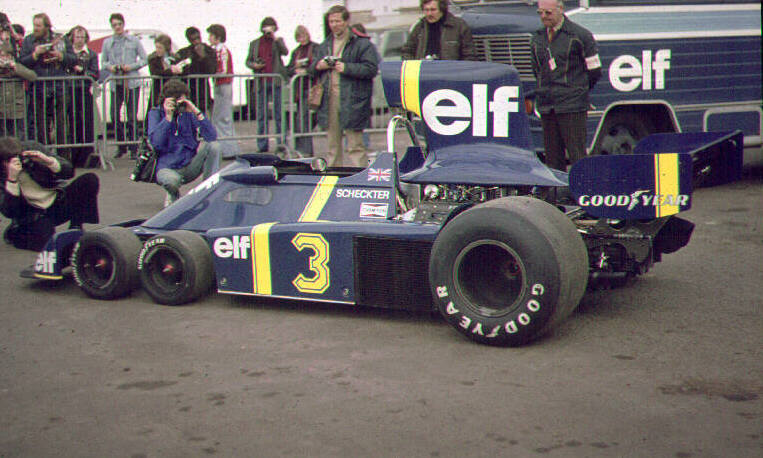

Cars in Formula 1 are a complex piece of machinery. They are the product of years of innovation and research. Millions of dollars go into the making of a Formula 1 car and they truly take some creative engineering to get the best out of the car within the regulations. Here we look at five innovative F1 car designs that actually made it onto the grid and raced.
Watch What’s Trending Now!
Innovative F1 car designs
1. RB7’s Exhaust-Blown Diffuser
ADVERTISEMENT
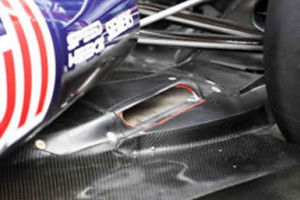
Imago
RB7’s Exhaust-Blown Diffuser.
In 2011, Red Bull mastered the art of creating more rear downforce with its exhaust blown diffuser. By mounting the exhaust outlets in line with the floor, the air would flow through and over the diffuser and the car would have a better airflow and hence create more downforce by pushing the floor down as the air passed over the diffuser. Even though such exhaust-blown diffusers have been employed on cars since the late 1990s, Newey and his team mastered one of the most unique F1 car designs to suit their car the best and eventually led them to dominate the 2011 Formula season.
2. Tyrrell 025’s X-wings
ADVERTISEMENT
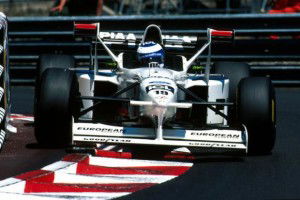
Imago
Tyrrell 025’s X-Wings.
In 1997, the Tyrrell car was under powered as compared to its competitors. To reduce this deficit, the Tyrrell team employed the “X-Wings” at high downforce circuits like Monaco. The wings would provide the car with extra downforce which lead to better cornering speed and helped reduce the deficit to others. By 1998, other teams also started using them after seeing its success. But later they were banned by the FIA due to safety and aesthetic reasons even though it was one of the most interesting and weird F1 car designs.
ADVERTISEMENT
3. The tea tray front wing on the March 711
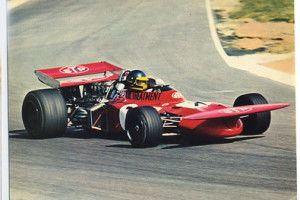
Imago
The tea tray front wing on the March 711.
Not the prettiest of designs, but the tea tray front wings did ensure that Ronnie Peterson in 1971 guided his March 711 to four second place finishes and finished second in the driver’s championship. The unusual front wing provided extra downforce and helped the front end to grip.
ADVERTISEMENT
4. RB8’s Double DRS
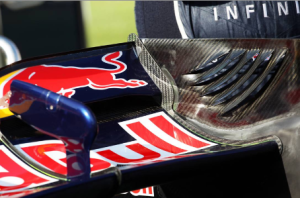
Imago
RB8’s Double DRS.
The 2012 Red Bull featured the double DRS system on their rear wing. When the DRS was activated, it opened a hole (the narrow grey piece on the inside of the end plate) which not only channeled air through the main beam of the wing (lower part) but also through the rear wing end plate, thus reducing drag. The air also exited the diffuser which helped with the rear balance. This helped the car reduce its deficit to others in terms of the top speed.
ADVERTISEMENT

Imago
RB8’s Double DRS while open.
5. The 6 wheeled Tyrrell P34
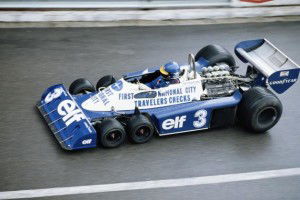
Imago
The six wheeled Tyrrell P34.
The only six wheeled car to ever make it onto Formula 1 grid is the Tyrrell P34. Although not something truly out of the box, it was the Tyrrell team who could satsifactorily apply the concept of six wheeled cars and race them in 1976. Other manufactures did try this concept but failed to get the cars on the grid. The Tyrrell car earned one race victory in the season and placed third in the standings at the end.
ADVERTISEMENT
ADVERTISEMENT
ADVERTISEMENT
ADVERTISEMENT

